Permanent v labour hire: Mining companies breakdown pay gaps
The pay gap between direct employees and labour hire casuals at a prominent Queensland mine varies from +5 per cent to -22 per cent.
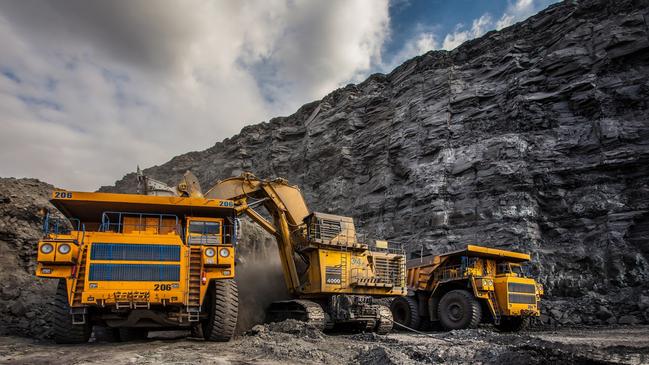
Mackay
Don't miss out on the headlines from Mackay. Followed categories will be added to My News.
Mining multinational Anglo American has confirmed it would be “unlikely” to engage a labour hire company unless it was cheaper than hiring employees directly.
Rio Tinto, which divested from coal mining in 2018, said it would be unlikely to engage labour hire unless there was a significant short-term operational need, highlighting it had transferred 2700 labour hire employees to permanent employment in recent years.
During a Senate inquiry into job security, Anglo also testified the pay gap between direct employees and labour hire casuals at its mines varied from +5 per cent to -22 per cent.
Senator Tony Sheldon questioned how a mining company might choose between two bids from a labour hire company, asking would they more likely engage a less expensive option.
Anglo American human resources manager Warwick Jones said the flexibility of a labour hire cohort could sometimes outweigh labour cost considerations.
“When you’re looking to capture an opportunity the market presents by bringing on some additional stripping or mining capacity, you may well be doing that for only a short period of time … and you need to match your work force with that,” he said.
In that case, labour hire cost directly may not be as bigger component when you’re evaluating as the flexibility to be up and operational, and a view that at some point in the future you would ramp back down again.
“What’s paid to individuals is a function of enterprise agreements that are struck with various labour hire companies and their direct employees.
“That will flow through to their tenders and submissions to supply services.”
Mr Jones said he understood reduced margins could flow through to employee pay packets but market competitiveness in coal mining meant the ability to attract skilled workers should keep pay rates at demand levels.
“If a particular labour hire seeks to undercut the market, or pay individuals materially less than what would be seen as a competitive rate, … I think they will find quickly they cannot attract, and therefore not able to supply, the kind of people needed for the contract,” he said.

The Minerals Council of Australia also confirmed the average pay gap for labour hire casuals v direct permanent employees is -24 per cent.
Casualisation and the correlating pay disparity is a concern the CFMEU has long voiced and one Isaac Regional Council Mayor Anne Baker has labelled a pandemic.
It comes after Bowen Basin miner Wayne Goulevitch told the Senate hearing casual employees now outnumbered full-time employees two to one.
“I honestly believe the companies are grandfathering my positions out of the industry, and that they’re doing it in a nefarious way, in my opinion,” he said.
But MCA deputy chief executive officer Sid Marris argued 84 per cent of those in the mining industry nationwide were permanent employees either with a mining company or a specialised service contractor.
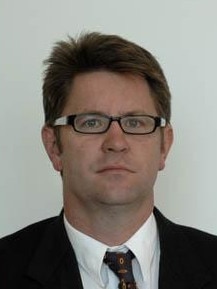
“The industry pays the highest average wages; employees of companies present today are all paid above award rates, double the median for all industries,” Mr Marris said.
“The average is around $2325 in 2020 compared to $1150 for all industries and casual employees earn 42 more than the median for full-time work in all industries.
“Different companies employ different combinations of employment, quite deliberately, because eeking out continual improvements in labour productivity, cost competitiveness and enterprise flexibility are essential to maintaining and expanding mining jobs over the long term.
“It has helped deliver that tripling of employment over the past 20 years.
“Nobody can control international demand, and nobody can control geology, but you can build productive well-paid workplaces.”
Mr Marris said MCA’s research indicated 14 per cent labour hire in Queensland and NSW coal companies, 11 per cent across all mining.
Sen Sheldon said there was evidence on record in the hearing that there was a pay gap between BHP employees and those under its operations services arm.
Matthew Furrer, from BHP’s operation services, said he could not compare pay gaps between the two because there were 23 enterprise agreements across different locations and environments.
“There’s a lot of variables,” he said.
Senator Malcolm Roberts questioned whether it was commercially damaging to BHP to pay people different rates when they were working side-by-side.
“In Australia it doesn’t (fly). In my opinion and in my experience, it hurts safety, hurts productivity and it causes needless unrest,” he said.
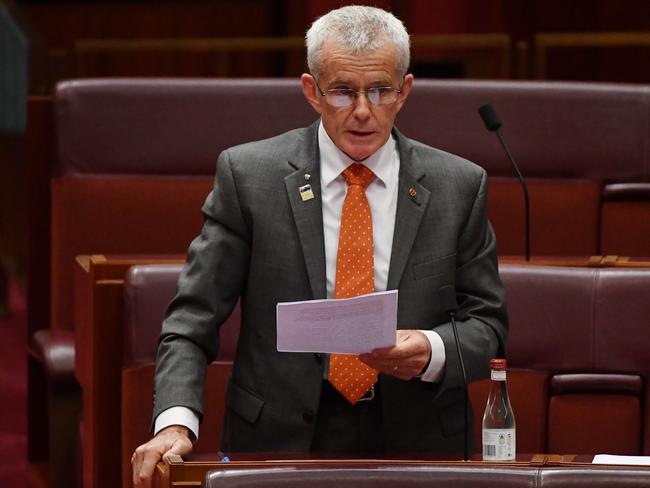
Rio Tinto human resources general manager Ben Mansour said his company ran a differential rewards system so a direct cost analysis was not straightforward.
He said people were rewarded based on skills, experience, the market and performance.
“We do have some instances where labour hire is cheaper in some job cohorts,” he said.
“There may be instances where labour hire employees are roughly the equivalent cost, and there’ll also be some job cohorts and skill sets where labour hire may be more expensive due to a range of different factors.
“So, taking a holistic view, we would look to engage where it made sense from a productivity and competitiveness viewpoint and access to skills viewpoint.”
An Australian Manufacturing Workers’ Union submission estimates the pay gap to be between $10,000-35,000 depending on the mine site.
Senator Jess Walsh asked whether labour hire casuals had a right to convert to permanent direct employment with the mine operator.
Anglo and BHP confirmed this right did not exist.
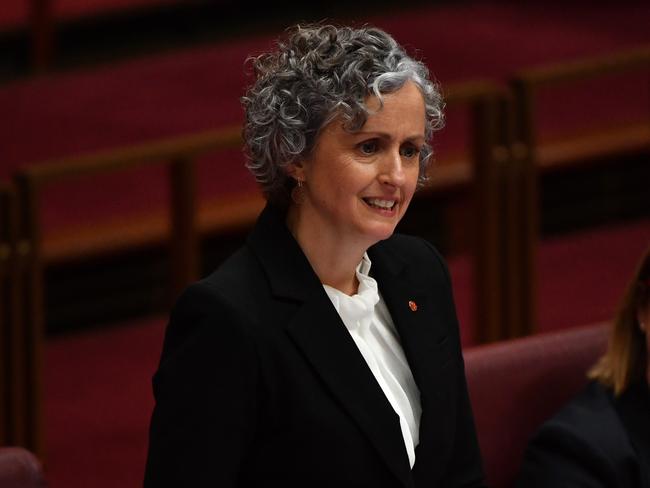
AMWU national secretary Dan Walton said the “shonky” casualisation rollout had eroded job security and benefits for people working next to people will full conditions and permanency.
He said the suggestion in Tuesday’s testimony that workers would choose casual work over permanent work, or even that they could request it was “hilarious”.
“It’s hilarious that some employers have come up and said ‘I’ve asked all my employees who wants to become permanent?’” he said.
“And somehow, using that as their anecdotal evidence to support a claim that people don’t want more permanency.
“Take a straw poll, walk out into any areas with high casualisation and ask a group of workers, do you want to stay as a casual worker and get paid less than the full-time workers that are here?
“Do you want to be a casual worker and struggle to get a loan to be able to buy a house or build a house?
“Do you want to stay here as a casual worker where you don’t enjoy any annual leave to be able to spend time with your kids during school holidays?
“Do you want to remain a casual worker where you’ve got less rights around unfair dismissal than any other category of worker?
“If less than 90% of that workforce put up their hands to say they want more permanency, I’d be shocked.”
Isaac Deputy Mayor Kelly Vea Vea also forthrightly responded to the claims in Tuesday’s hearing about casual workers not wanting to convert to permanent work.
“I would really like to make a statement regarding that claim made yesterday from labour hire companies saying less than 1 per cent of labour hire workers converted to permanent jobs, because they prefer more money and flexibility,” she said.
“That was as misleading as it is outright offensive.
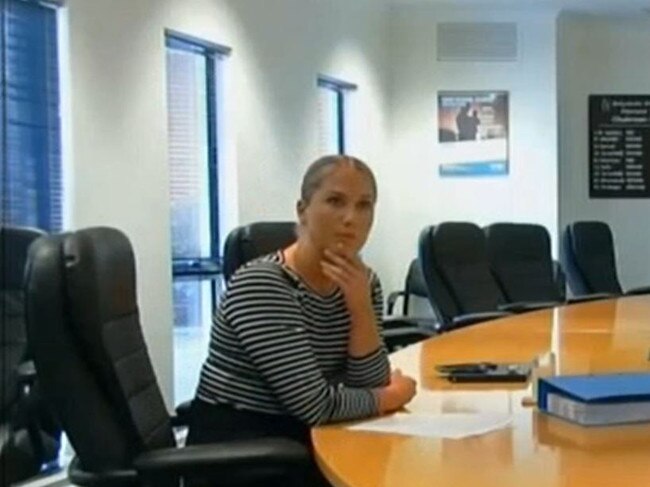
“We have no doubt that less than 1 per cent have converted to permanent jobs, because there aren’t permanent jobs to be had.
“It’s really frustrating because mining companies create new workforce structures that deprive workers of genuine choice, and then they say they actually didn’t want to do that anyway.
“It is a completely misleading statement when every mine worker in this region knows there are not permanent jobs on offer, and to have someone sit in a room and pretend to offer you one, will not get a genuine response.”





